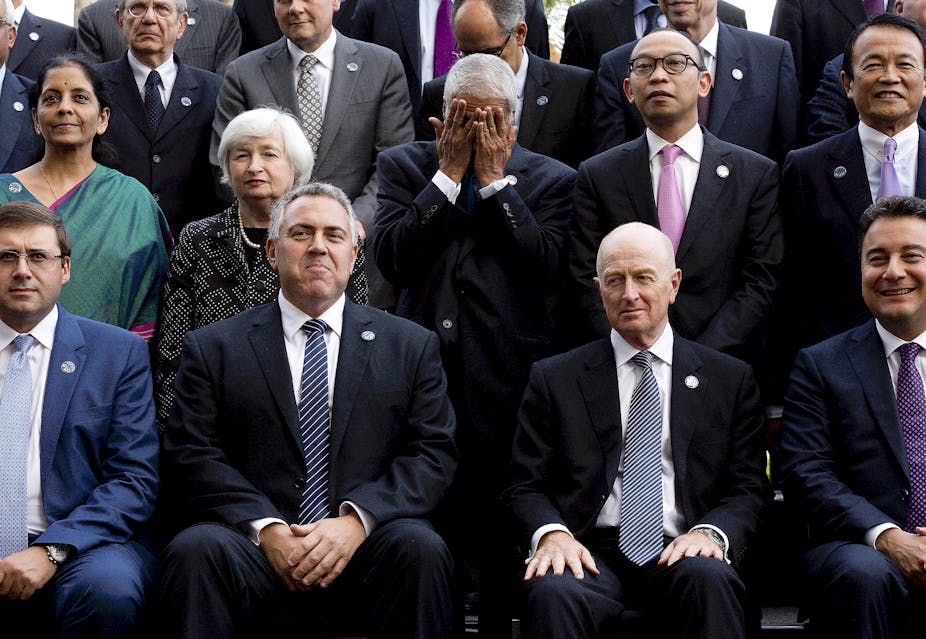In 2000 in Lisbon the European Union countries met and agreed on the “Lisbon Agenda”. Europe was already lagging in terms of growth and jobs, and it was hoped that the Agenda would “deliver stronger, lasting growth and create more and better jobs in order to unlock the resources needed to meet Europe’s wider economic, social and environmental ambitions, thus making Europe a more attractive place to invest and work and improving knowledge and innovation for growth in Europe.”
In 2005 the strategy was modified to focus primarily on creating growth and jobs.
“The strategy is designed to help Europe address the challenges of an ageing population, the need to increase productivity and the competitive pressures of a globalised economy…To unlock existing resources in Europe, the following actions are needed: - investing more in young people, education, research and innovation to generate wealth and provide security for every citizen; - opening up markets; - cutting red tape; - investing in modern infrastructure to help enterprises grow, innovate and create jobs; - developing a skilled entrepreneurial workforce; - ensuring a society with high levels of employment, social protection and a healthy environment.”
The Lisbon Agenda is perfectly sensible. Economic growth in Europe in the 1990s was 2.2%, roughly half the 4.3% growth achieved by other advanced economies. The EU unemployment rate in 2000 was around 9%, more than 2% higher than in Australia. European economies had not gone through many of the economic reforms that had been introduced in countries like Australia and New Zealand in the 1980s and 1990s.
Despite the appeal of the Lisbon Agenda, virtually no meaningful reforms were implemented in Europe in the 2000s, with the exception of some important labour market reforms introduced in Germany. The result was poor economic growth even prior to the GFC, and even worse outcomes since 2008. The unemployment rate in the EU is now above 10%, having remained well above the unemployment rate in Australia even prior to the GFC.
Despite issues with weak labour markets and economic growth, ageing populations, and fiscal difficulties European economies have in general not been able to implement any significant reforms. Political weakness has continued to stand in the way of reform.
So now we get to the G20’s plans to lift its collective GDP growth by more than 2% by 2018. Outlining how they would do this, G20 member countries have said:
“Structural reforms will be important in this regard. We have developed a set of new concrete measures that will facilitate growth, increase and foster better quality investment, lift employment and participation, enhance trade and promote competition.”
The IMF has now estimated that reforms proposed by the G20 will be sufficient to raise G20 growth by 1.8% above the pre-existing growth trajectory.
It won’t happen. If these reforms were easy, why haven’t they already been implemented? One might think that the pressure of no economic growth, high unemployment and social upheaval would be the trigger for reform in Europe. But no reforms have happened.
Reform is painful, and in general the status quo is seen to be easier than further upheaval. Even in Germany the retirement age has recently been cut to 63 – populism almost always trumps reform, even in the more sensibly managed economies. And other advanced economies in the G20 are the same – difficult policies don’t get implemented.
In emerging economies there has been reform, and growth is much stronger. But that means that further reforms are likely to have only a very modest effect on economic growth. Already demographic changes and other economic challenges are having a major impact on China’s economy, and growth is more likely to slow than to pick up in the medium term.
If you’re interested in the detail of the G20 declaration, go here. Somehow we have been missing out on billions of dollars in infrastructure spending, and through some mystical new financing strategies (through Public Private Partnerships and so on) we should expect to see a spur to new infrastructure and economic growth in the next few years. Labour, tax, and product market reforms provide the rest of the uptick in economic growth.
Australia has been very fortunate to have had able and courageous economic management until recent years. Particularly during the Hawke-Keating government, and in the early years of the Howard government many tough economic reforms were made. Our economy is much more resilient than most other advanced economies. But we need further reform to spur future growth. It is questionable whether we have the appetite for further reform. But there is no question about many of the other major economies and their appetite for reform – there is no appetite, and no reforms will be forthcoming.
Does this matter for Australia? It is much easier to grow when the global economy is doing well. Europe and the United States are still major economies and drivers of economic growth. But Europe has been in reverse for more than a decade and we have still been able to grow. Partly this is of course about China and growth in other emerging markets, but it is also about Australia’s strong economy and low public debt.
Economic growth is for the most part in the hands of a country’s policymakers, and does not depend on reforms made in other economies. For that we should be thankful, but not complacent.

